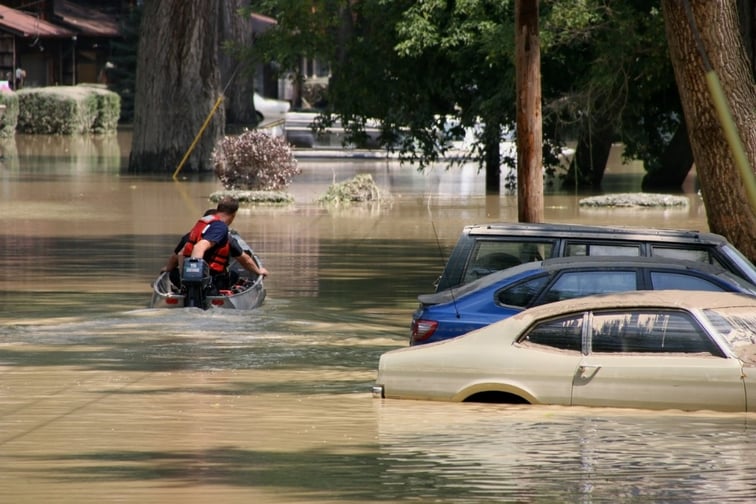

Insurers in Australia can self-finance claims stemming from the ongoing flooding in some parts of the country as the scale of the weather event is unlikely to trigger catastrophe reinsurance cover, according to S&P Global Ratings (S&P).
The Insurance Council of Australia (ICA) declared a “significant event” for the catastrophic floods in Victoria, New South Wales (NSW), and Northern Tasmania. With the “significant event” considered to be of lower magnitude than a “catastrophe event,” S&P believes insurers' earnings will only slightly erode.
“The ICA views recent floods as a modest insurance event and not widespread relative to past significant climate events, including the February 2022 South East Queensland and New South Wales floods. The latter floods were the worst on record in Australia, with total claims incurred of about A$5.45 billion. Given the scale of that catastrophe, insurers have relied on reinsurance to absorb claims. Claims due to the current floods are coming largely from content cover for home and small businesses and agricultural lines rather than material property damage,” S&P said.
S&P noted that insurers' setting of natural peril allowances has been insufficient for some time, resulting in rising premium rates and reinsurance costs. Additionally, weather events such as the recent floods further constrain the availability and affordability of flood insurance in Australia.
However, S&P claims that direct fiscal costs to governments and damage to the economy will remain manageable.
“The states are responsible for most of the immediate relief efforts related to the flooding and will boost grants to local councils to repair infrastructure. This includes restoring essential public assets, such as roads and bridges. Under Australia's Disaster Recovery Funding Arrangements, the Australian government will then typically reimburse up to 50% to 75% of their costs,” it said.
“Annual federal outlays under this program averaged less than A$2 billion for most of the past decade, which is low compared with the national fiscal deficit. Economic losses should be smaller than for the February 2022 floods, which knocked an estimated half a percentage point off GDP growth in the March 2022 quarter.”
